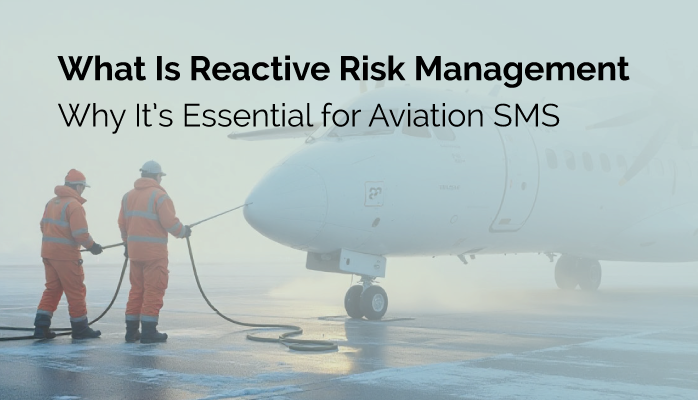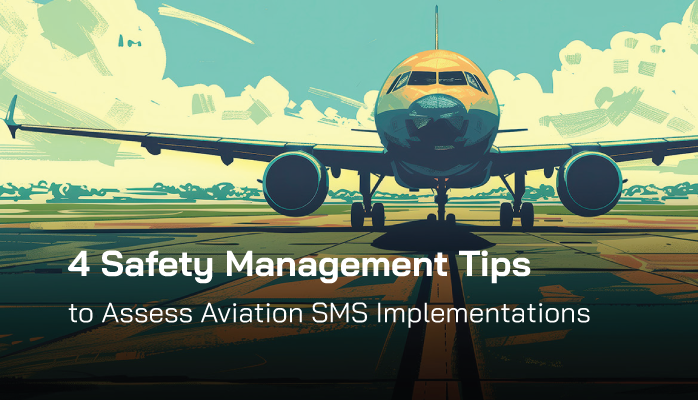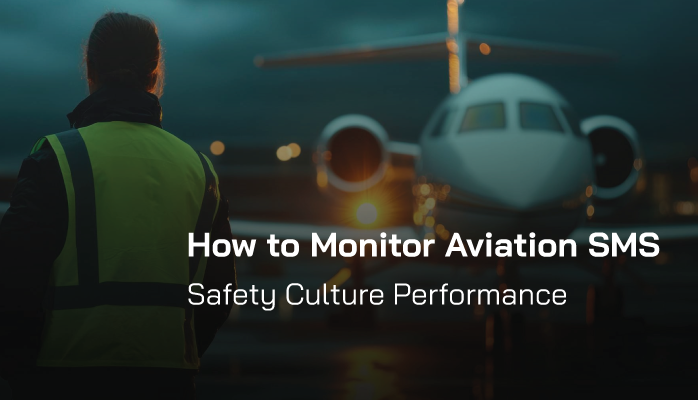Stu Martin
Stu Martin is an accomplished aerospace safety engineer with over 25 years of experience in the aviation industry. Beginning his career on the ramp, Stu developed a hands-on understanding of aircraft operations, maintenance, and safety protocols. His journey from ground operations to engineering has equipped him with a unique perspective on aviation safety, blending practical expertise with technical rigor. Stu has contributed to numerous safety initiatives, including the development of risk assessment frameworks and incident investigation protocols, earning recognition for his commitment to enhancing operational safety. A respected voice in the field, he continues to advocate for robust safety cultures within aviation organizations worldwide.
Recognizing Good Aviation Risk Management Training Is Crucial
Having good aviation risk management training is perhaps one of the most important ways to improve safety in your organization.
Good training is not inexpensive, as it takes you and/or your employees away from regular duties.
Read More
Topics:
Risk Management Training
Manage Safety Is Managing Risk
Ultimately, managing safety is about managing risk – a core value that can easily be overshadowed in large aviation safety management systems' (SMS) implementations.
Read More
Topics:
2-Safety Risk Management
What Is Reactive Risk Management
Reactive risk management usually gets a bad rap. It’s often perceived as the “lowest” form of risk management, and those aviation service providers should be moving from reactive risk management towards more “advanced” forms to manage risk.
Read More
Topics:
2-Safety Risk Management
Assessing Your Aviation SMS Implementation
The things that often hurt aviation safety management systems (SMS) are less symptomatic of the bureaucratic side of formal SMS implementations than they are the type of working environment that management teams cultivate.
Read More
Topics:
3-Safety Assurance
Why KPIs Are Different in Aviation Safety Management Systems?
Key performance indicators (KPIs) in aviation safety management systems (SMS) are different from KPIs from most other industries. The differences both benefit and hurt safety management teams' ability to choose the right KPIs for their organization.
Read More
Topics:
Key Performance Indicators
What Is Improvement for Your Aviation SMS Implementation?
Improving your aviation safety management system's (SMS) effectiveness doesn’t always have to be a long-term effort. Just as with any complex initiative, there will always be low-hanging fruit in your SMS implementation that can add considerable value without requiring extravagant expenses or investments in time.
Read More
Topics:
2-Safety Risk Management
Why Small Operators Need Safety Management Systems
Aviation safety management systems (SMS) are not just for large airlines and airports with high traffic volumes.
Small aviation service providers are in just as much need of implementing formal aviation SMS as are larger operations.
Read More
Topics:
Aviation SMS Implementation
What Defines Aviation Safety Training
Aviation safety training and education are essential building blocks to develop performant safety cultures. This should be among the first elements to scrutinize whenever employees are involved in safety accidents or incidents.
Read More
Topics:
4-Safety Promotion,
Risk Management Training
Why Monitor Aviation Safety Culture Performance
Healthy aviation safety culture results in safety performance.
Other than the bureaucratic elements of SMS, you could even make an argument that safety culture is safety performance.
Read More
Topics:
3-Safety Assurance
How to Understand Fatigue in Aviation SMS
Fatigue is a top safety priority. Even moderate levels of fatigue can cause employees to demonstrate the same mental and physical capabilities as an intoxicated person.
Read More
Topics:
2-Safety Risk Management














